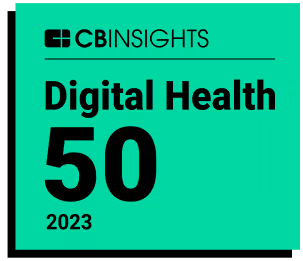Why is healthcare shifting from fee-for-service to value-based care?
As awareness of the benefits of a value-based approach to healthcare grows, this model is increasingly being adopted. To understand the shift towards value-based care, it is helpful to consider the main advantages that it offers patients.
Most fundamentally, value-based care incentivizes medical professionals and healthcare providers to prioritize patients’ overall health above other considerations. This is distinct from the conventional fee-for-service model of healthcare, which tends to incentivize providers to deliver as many services (especially relatively expensive services) as patients are willing to pay for. The alignment of objectives and priorities between patients and healthcare providers is a major benefit with powerful implications.
Because value-based care compensates providers holistically and based on patients’ health outcomes, it helps ensure that patients receive high-quality care while keeping costs down. In part, this occurs because value-based care takes a more proactive approach to healthcare – encouraging check-ups, screenings, and preventive care in order to reduce the likelihood that a patient will face a serious medical issue. It also helps facilitate a more patient-centered approach to healthcare, with an emphasis on patient engagement and care coordination.
In addition, value-based care can help improve population health management. While the high costs associated with a fee-for-service model tend to contribute to unequal health outcomes across different demographic groups, value-based care helps increase access to high-quality healthcare among underserved populations. As a result, it can have a positive impact on equity in healthcare.



.png)













